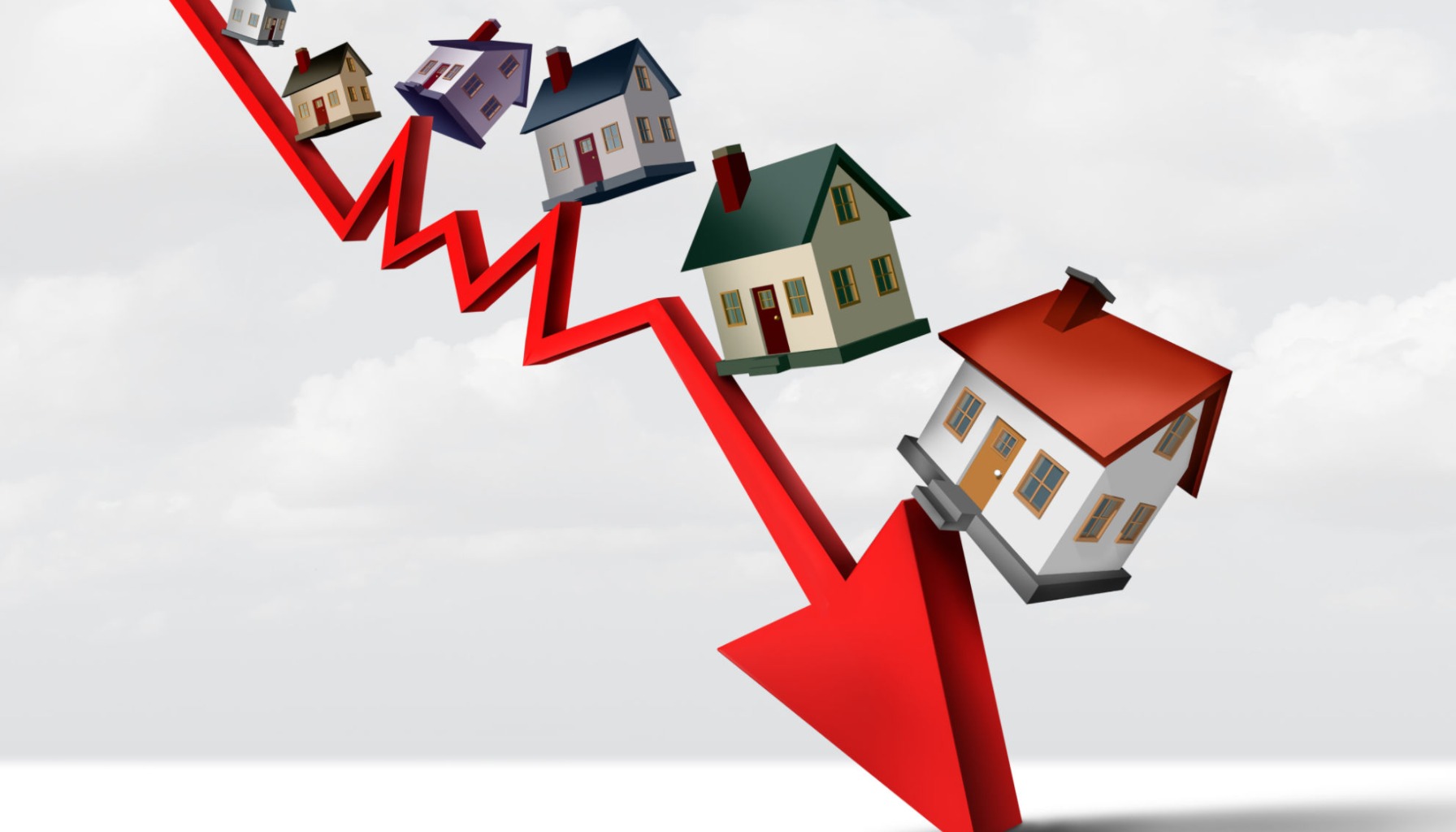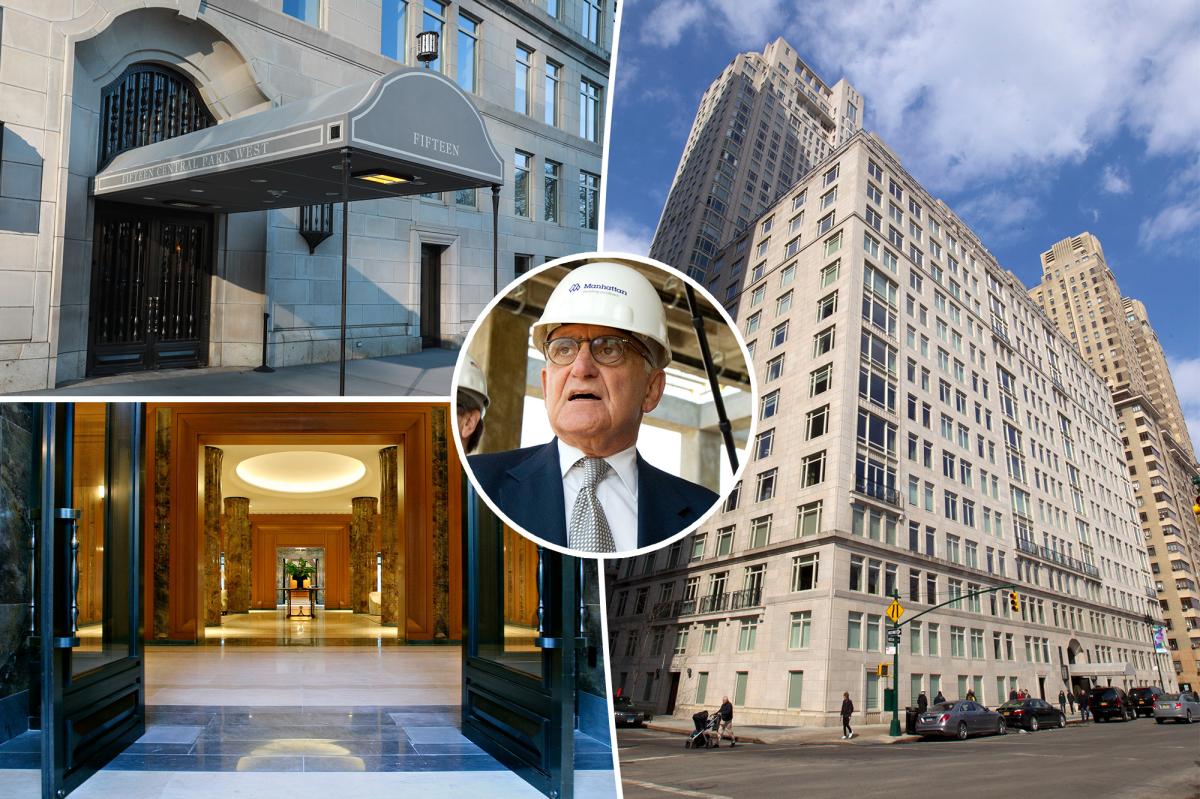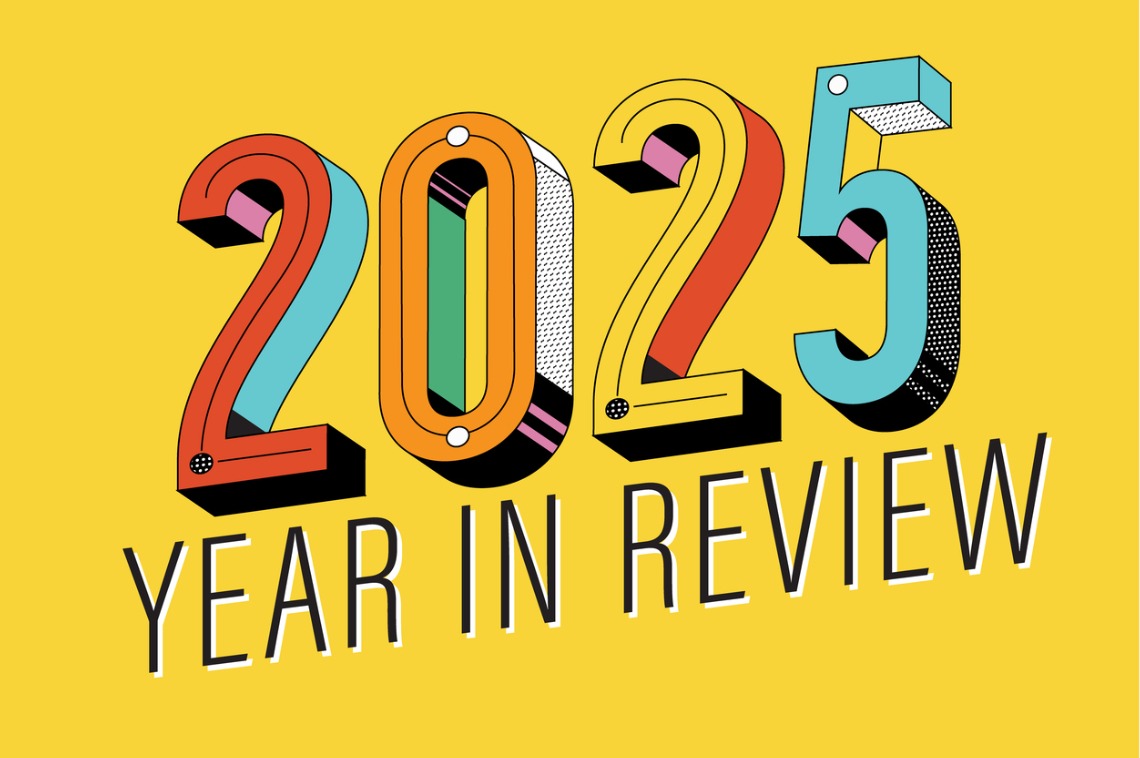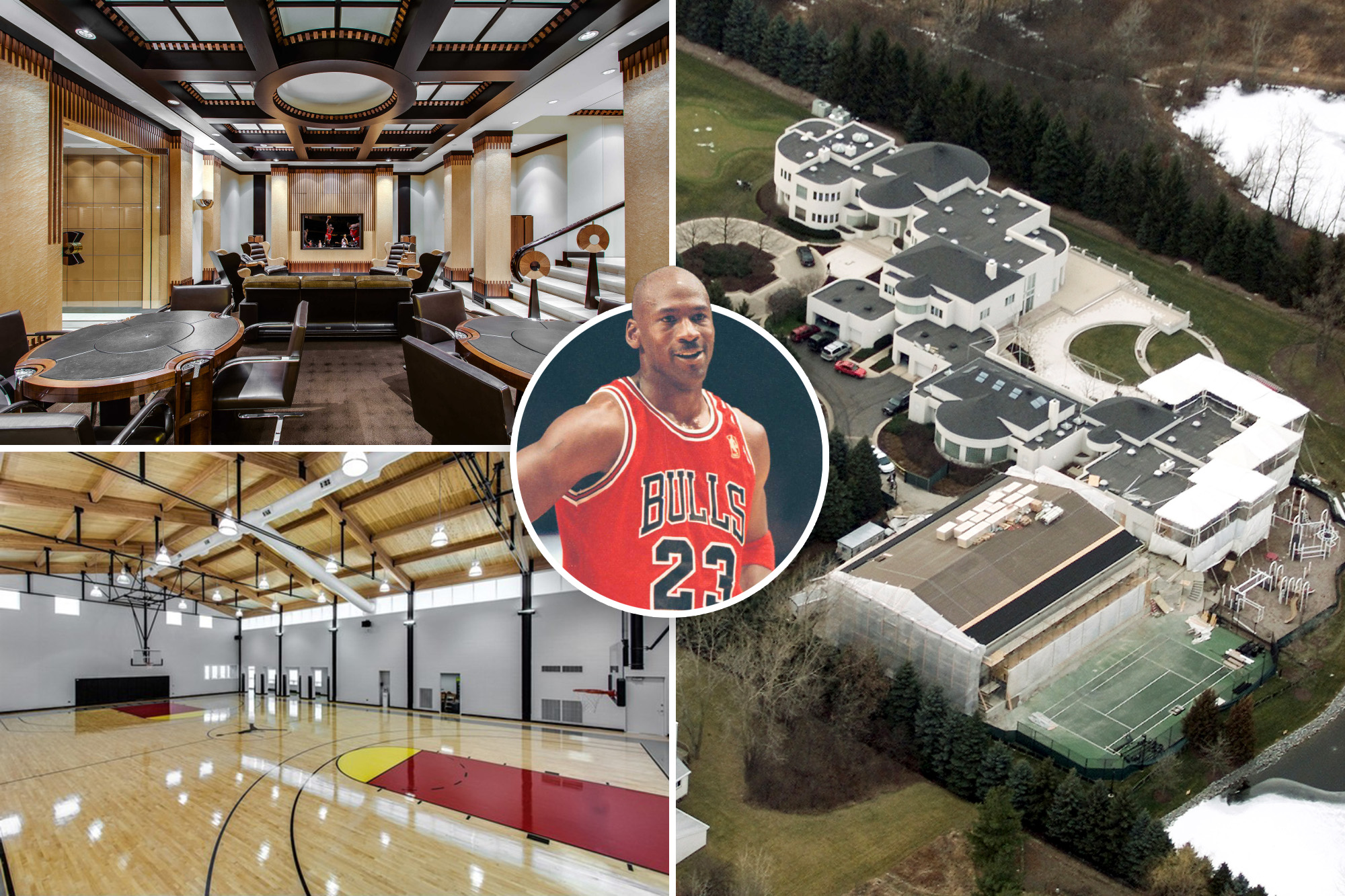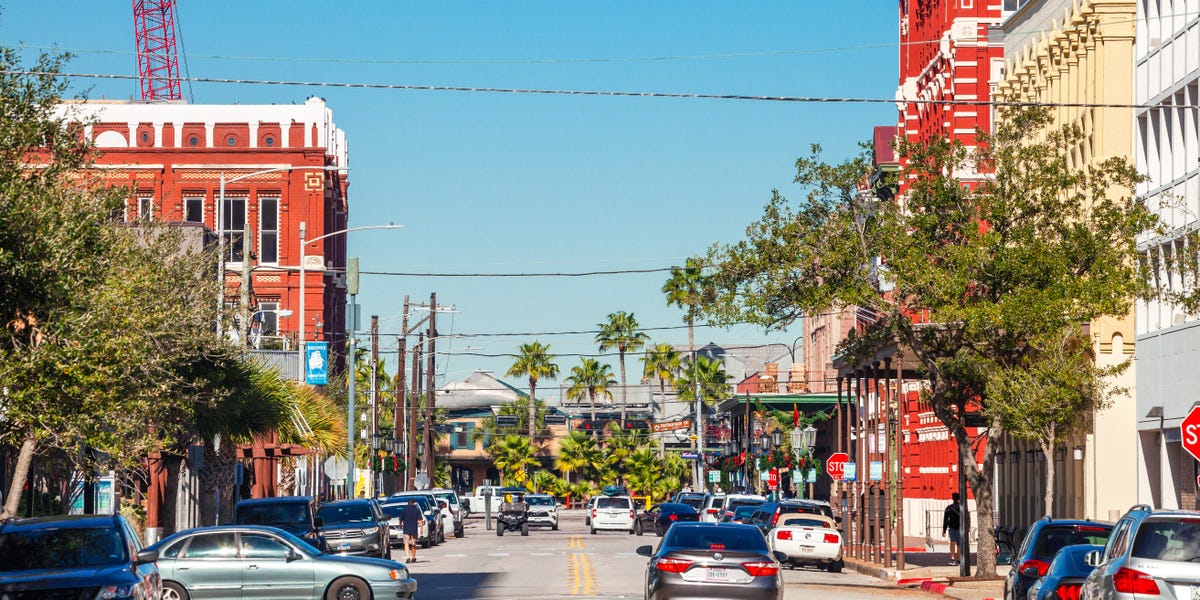C
ape Coral, Florida, is once again in the spotlight for all the wrong reasons. Instead of its sunny weather and canals, it's being flagged as a high-risk housing market with a significant potential for a downturn. This isn't just local chatter; serious market analysis has identified Cape Coral as one of the riskiest markets.
The national housing market is showing signs of slowing down, with year-over-year home price growth dipping to 1.7% in June 2025. While this might seem like a welcome change for affordability, it's essential to understand that some markets are faring much worse than others. Cape Coral has consistently popped up on my radar as particularly vulnerable due to its high risk of price decline.
According to data from Cotality, which tracks these trends closely, Cape Coral is one of the top 5 markets to watch due to its very high risk of price decline. The national median home price is around $403,000, and the income required to afford a typical home is approximately $89,600. However, with price growth slowing down and below inflation, this indicates a market that's stabilizing rather than overheating.
Cape Coral stands out as a high-risk market due to several factors:
1. Negative Home Price Growth: Florida, Texas, Montana, and Washington D.C. have all reported negative home price growth, with Cape Coral experiencing a significant downward trend.
2. Affordability Gone Wild: Prices in Cape Coral are detached from local incomes, making it an unsustainable run-up that's ended.
3. Insurance and Property Tax Squeeze: Rising insurance premiums and property taxes directly impact what buyers can afford, putting downward pressure on prices when demand falters.
4. Previous Overvaluation: Rapid price growth has led to overvaluation in Cape Coral, making it vulnerable to a correction.
5. Economic Fundamentals and In-Migration: Strong fundamentals like affordability and domestic in-migration drive continued home price growth; however, rising costs of living can slow this down.
The data snapshot for Cape Coral shows a -7.4% change in median sales price, with the "Markets to watch" list putting it at number one as a high-risk market. A housing market crash doesn't necessarily mean every house will be worth nothing overnight; it refers to a significant and rapid decline in home values across a substantial portion of the market.
The contributing factors to Cape Coral's risk include:
1. Rapid Price Appreciation Preceded Decline: Explosive price growth makes markets more susceptible to corrections.
2. Affordability Erosion: The gap between incomes and home prices has widened, making the market vulnerable to shifts in interest rates or employment.
3. Insurance Costs: Rising insurance costs directly impact homeownership costs, pricing out potential buyers or forcing existing homeowners to sell.
4. Interest Rate Sensitivity: Higher mortgage rates reduce purchasing power and demand.
Cape Coral isn't alone; Lakeland, North Port, St. Petersburg, and West Palm Beach are also on the "Markets to watch" list for high-risk home price trends. However, Cape Coral's specific listing as number one implies it's seen as particularly vulnerable right now.
The forecast for Cape Coral suggests continued downward pressure on prices due to increased inventory, potentially cooling demand, and a general national slowdown. While market forecasts are uncertain, the consistent flagging of Cape Coral as a high-risk market paints a clear picture of caution.
In conclusion, Cape Coral's leadership as the most riskiest housing market that can crash is a serious indicator that the days of runaway price gains are over for this particular locale. The factors at play create a challenging environment, and my advice is to approach this market with skepticism and thorough due diligence.
